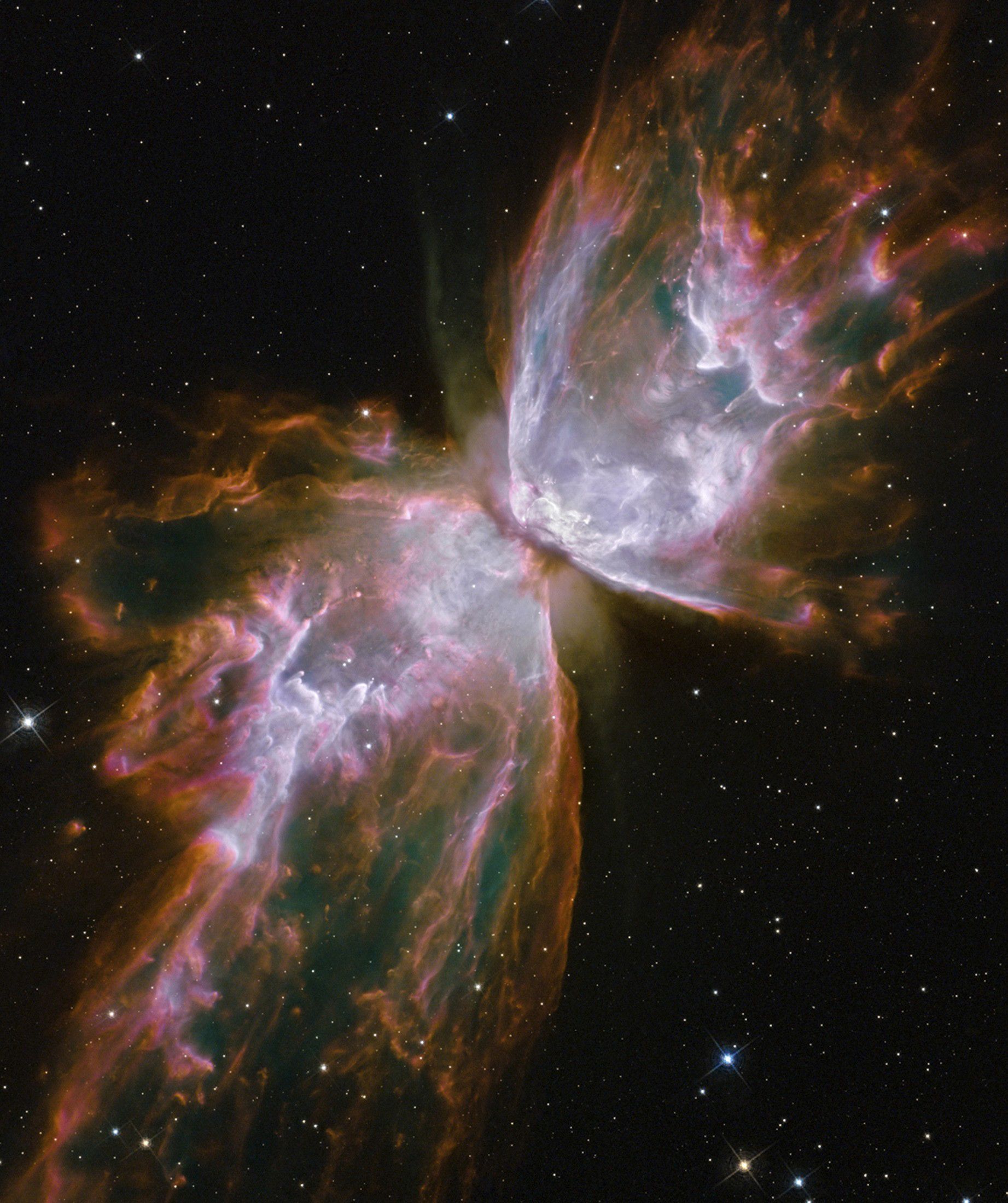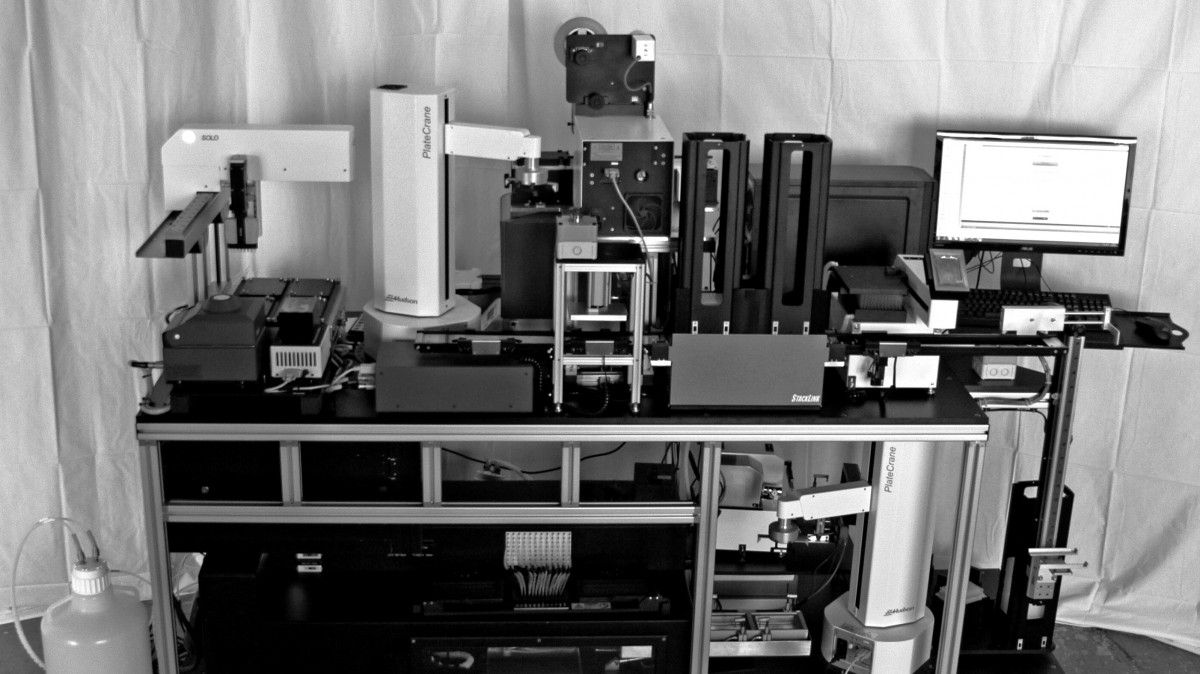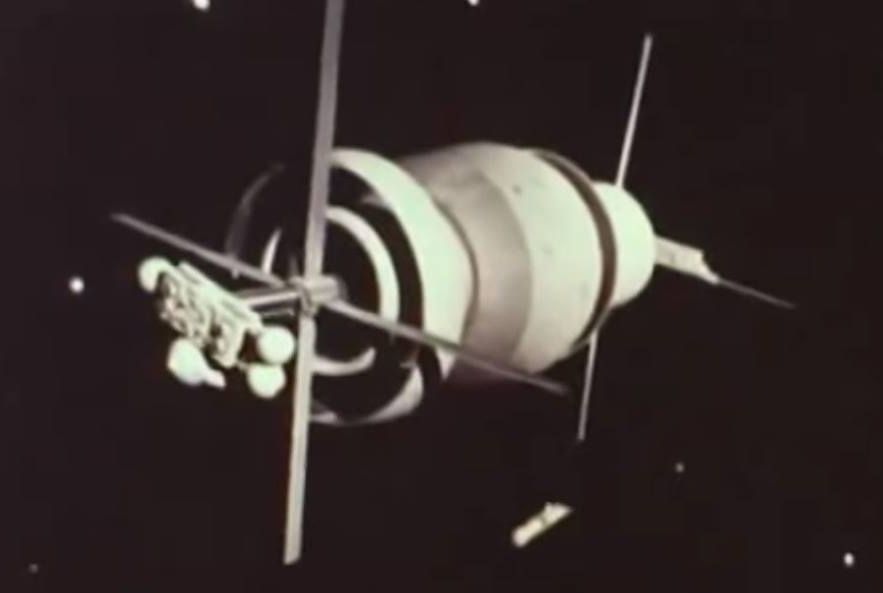We think there is a real signal there and this implies an additional planet.




Ready and waiting at an arms reach from the government, the Research and Development Corporation (RAND) has helped the U.S. think through some of the toughest scientific and regulatory challenges since the 1940s. This year, the think tank is opening its first office in the San Francisco Bay Area. Its positioning itself to weigh in on some of Silicon Valleys largest research projects, like autonomous vehicles, drones, AI, cybersecurity and telemedicine.
But unlike the RAND of the past, this new version embodies the scrappiness of startup culture. Formally based out of a WeWork space, office director Nidhi Kalra and the rest of her SF team largely work decentralized from homes and coffee shops around the Bay Area.
The team of a dozen researchers is here to study the development of new technologies and the way in which state and local authorities are working side-by-side with startups to keep everyone safe without sundering innovation.
Firmamentum, a division of Tethers Unlimited Inc. in Bothell. Wash… says it has won $750.000 in NASA funding to build a combination 3D printer and plastic recycler for the International Space Station.
The device, known as the Refabricator, is due to be delivered to NASA next year, said Rob Hoyt, president of TUI/Firmamentum.

It’s been 55 years since satellite communications became the first commercial space frontier, and space tourism is looming as the next frontier. But what comes after that? Would you believe in-space mining and manufacturing?
Those are the opportunities that came to the fore on Saturday when members of the Association of Professional Futurists gathered at Seattle’s Museum of Flight.

On Monday August 21, a solar eclipse will cut across the entire United States. And wherever you are, you will be able to see it. Even though the “totality” — the area where the sun is completely blocked out by the moon — is only 70 miles wide, the whole country (even Alaska and Hawaii) will experience a partial eclipse.
This is what you’ll see, and the time you’ll see it, in your zip code.
We recommend punching in a few different ones to see how the eclipse experience will vary across the country. Salem, Oregon (97301), is going to see a total eclipse. Downtown Los Angeles (90012) will see 62 percent of the sun blocked at the peak. In Lake Charles, Louisiana (70601), it’ll be 71 percent.
Today’s most advanced weapons are already capable of “making decisions” using built-in smart sensors and tools.
However, while these weapons rely on some sort of artificial intelligence (AI) technology, they typically don’t have the ability to choose their own targets.
Creating such weapons is now Russia’s goal, according to the country’s defense officials and weapons developers.

For every month in space, astronauts can lose 2.5 percent of their bone density. This is quite troublesome, as it will likely compound with the natural process of aging that also reduces bone density. However, a new therapy could be a fantastic solution to this issue, along with many other bone-weakening conditions.
Researchers from University College London have discovered that stem cells found in human amniotic fluid could be used in a treatment to strengthen brittle bones. The research, published in Scientific Reports, shows the treatment resulted in 79 percent fewer fractures in mice with brittle bone disease. Out of a total 324 mice, 168 were treated, while 156 served as the control group. Eight weeks after the mice were treated both the test group and the control group were evaluated for fractures.
Every control mouse exhibited fractures. Conversely, fractures in the experimental group decreased between 69 and 89 percent, leading to the 79 percent decrease in the fracture rate across all tested bones. Pascale Guillot, the study leader, found that the treatment was not resulting in new bone formation, but instead helping to fortify existing bone tissue.

“The year is 2003, and space colony Libra’s development of solar power could solve an acute, worldwide energy crisis. Government opposition to the Libran energy plan sparks a debate about free enterprise and government control.” (IMDb)